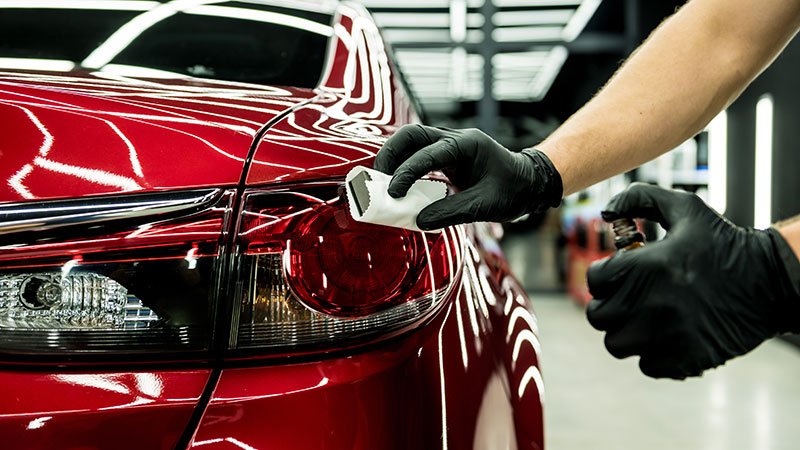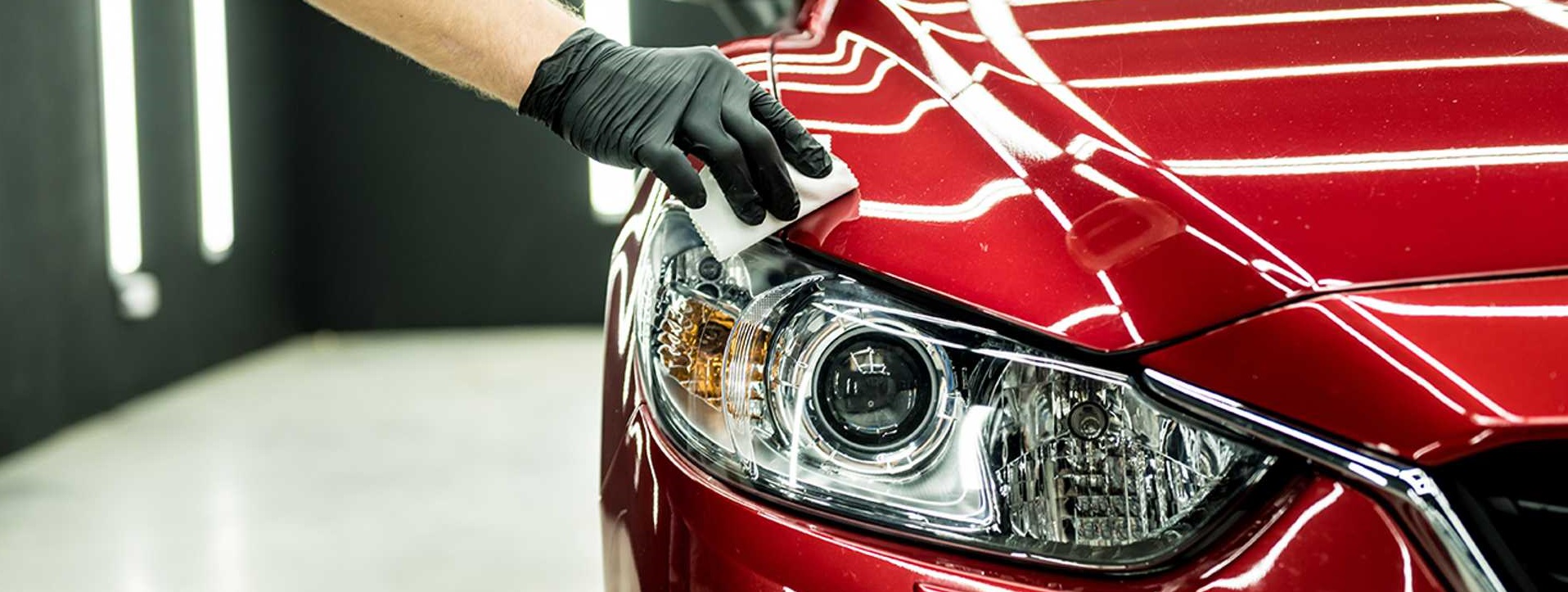Economical and Reputable Ceramic Coating Philadelphia Provider for Your Cars and truck
Economical and Reputable Ceramic Coating Philadelphia Provider for Your Cars and truck
Blog Article
Why Ceramic Coating Is the Ultimate Solution for a Perfect End Up
Ceramic layer has become a leading remedy for those looking for a perfect coating for their vehicles, thanks to its impressive longevity and safety features. This innovative liquid polymer not only bonds seamlessly with manufacturing facility paint however likewise provides a formidable barrier versus common risks such as scrapes, UV rays, and environmental toxins. Its hydrophobic properties simplify upkeep while boosting aesthetic appeal. Comprehending exactly how this innovation compares to traditional techniques and exploring its application subtleties can expose even more about its value. What aspects absolutely set ceramic finish apart?
What Is Ceramic Finishing?

When used correctly, ceramic coating creates a hydrophobic surface that pushes back water and dirt, making it simpler to clean up and maintain. Unlike standard waxes or sealants, which normally provide temporary protection, ceramic coatings can last for numerous years, depending upon the item high quality and application method. The process of applying ceramic layer needs thorough preparation, consisting of thorough cleaning and often paint adjustment, to guarantee optimum bonding and efficiency.
Ceramic layers are not limited to vehicle surfaces; they can likewise be utilized on various products, consisting of glass, steel, and plastics, giving a flexible service for improving defense. Overall, ceramic coating represents a considerable innovation in surface defense technology, incorporating both useful and visual benefits for a wide variety of applications.
Benefits of Ceramic Finishing
While several surface security choices exist, the advantages of ceramic finish stand apart because of its distinct homes and durable performance. One of the main benefits is its outstanding durability. Ceramic Coating Philadelphia. Unlike traditional wax or sealants that need constant reapplication, ceramic layers provide a durable layer that can last for a number of years, significantly lowering upkeep initiatives
Another notable benefit is boosted protection against environmental impurities. Ceramic finishings produce a hydrophobic surface area that wards off water, dust, and different pollutants, making it much easier to clean. This attribute not only protects the car's look but likewise reduces the risk of deterioration and oxidation, specifically in harsh weather.
Moreover, ceramic layers use superior resistance to UV rays, preventing fading and destruction of paint with time. This UV security is crucial for maintaining the aesthetic worth of lorries and surfaces exposed to direct sunlight.
Furthermore, the shiny finish attained with ceramic layer improves the total aesthetic appeal, offering surface areas a showroom-quality luster. Overall, ceramic layers stand for a significant top article improvement in surface area security innovation, giving enduring benefits that deal with both visual and useful Visit Your URL requirements.
How It Works
Understanding the scientific research behind ceramic finishings exposes how they give such impressive protection and long life. At its core, a ceramic finish is a fluid polymer that chemically bonds with the vehicle's factory paint.
The application procedure includes numerous steps, including surface preparation, which is essential to attaining ideal attachment. As soon as applied, the finish undergoes a treating procedure, during which it solidifies and creates a semi-permanent bond with the paint surface area. This bond is what differentiates ceramic finishings from traditional waxes and sealers, providing a longer-lasting safety obstacle that can sustain for years.
Moreover, the thickness of the finish can improve its protective top qualities, making certain that it can stand up to rough problems. Eventually, the scientific research of ceramic finishings integrates sophisticated materials with cutting-edge application methods to supply an exceptional level of defense and visual improvement for cars.
Comparison With Traditional Techniques
The benefits of ceramic coatings end up being specifically obvious when contrasted to standard paint defense methods such as waxes and sealants. While waxes provide a short-term sparkle, usually lasting a few weeks to a couple of months, ceramic coatings supply a durable safety layer that can sustain for several years. This sturdiness dramatically reduces the regularity of reapplication, making ceramic finishings a much more cost-efficient option gradually.
Additionally, standard approaches often require extensive preparation and several applications to attain an acceptable degree of defense. In contrast, ceramic finishes bond at a molecular degree with the car's surface, developing a robust guard versus ecological contaminants like UV rays, acid rain, and road salts. This bond enhances the automobile's resistance to scratches and swirl marks, which are prevalent with standard waxes and sealers.
Additionally, the hydrophobic homes of ceramic coverings push back water and dirt, resulting in easier cleansing and maintenance. On the other hand, wax and sealant-treated surfaces can bring in gunk, demanding more regular cleaning - Ceramic Coating Philadelphia. In general, ceramic layers not only give superior defense yet additionally deliver a more visually appealing and enduring surface, establishing them as the recommended selection for critical vehicle proprietors
Application and Maintenance Tips

Utilizing a foam applicator, apply the coating look these up in little sections, complying with the producer's guidelines concerning density and overlap. Permit adequate healing time in between layers, usually 24 hours, to ensure correct bonding. After application, it is critical to avoid exposure to water or extreme elements for a minimum of a week to permit the layer to fully cure.
Furthermore, making use of a ceramic upkeep spray can enhance the finish's hydrophobic homes and durability. Normal assessments for any type of indicators of wear will help preserve the coating's stability and preserve that beautiful finish.
Final Thought
In verdict, ceramic finish arises as a premium choice for achieving a flawless automobile coating. By developing a robust bond with factory paint, ceramic finishing successfully guards against scrapes, UV rays, and environmental contaminants.

Report this page